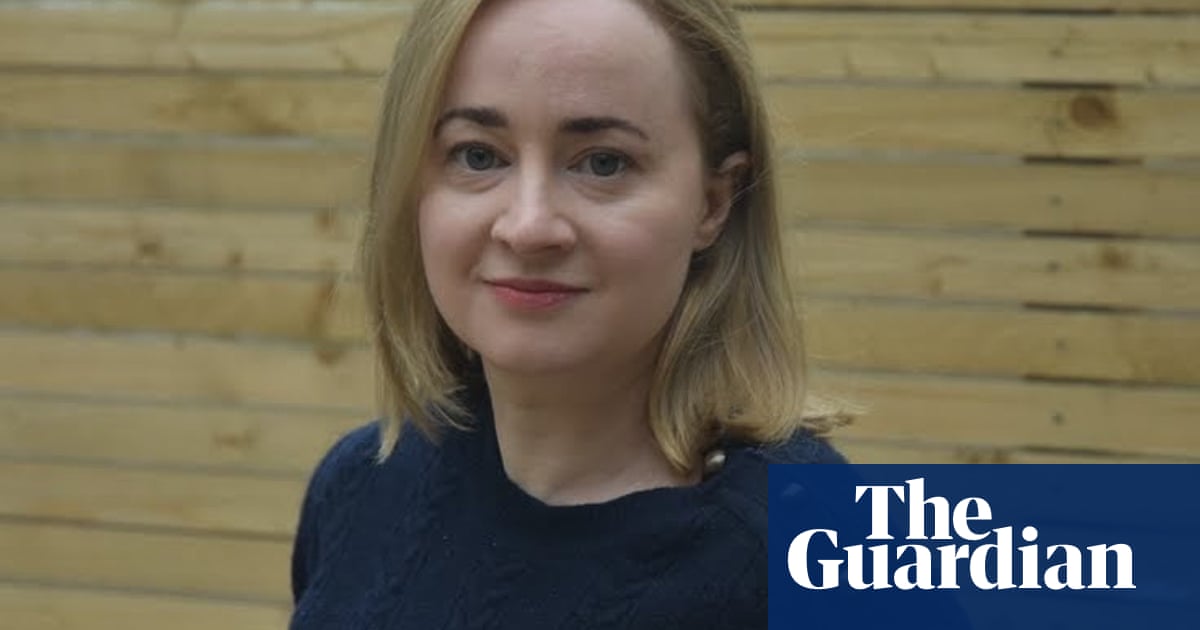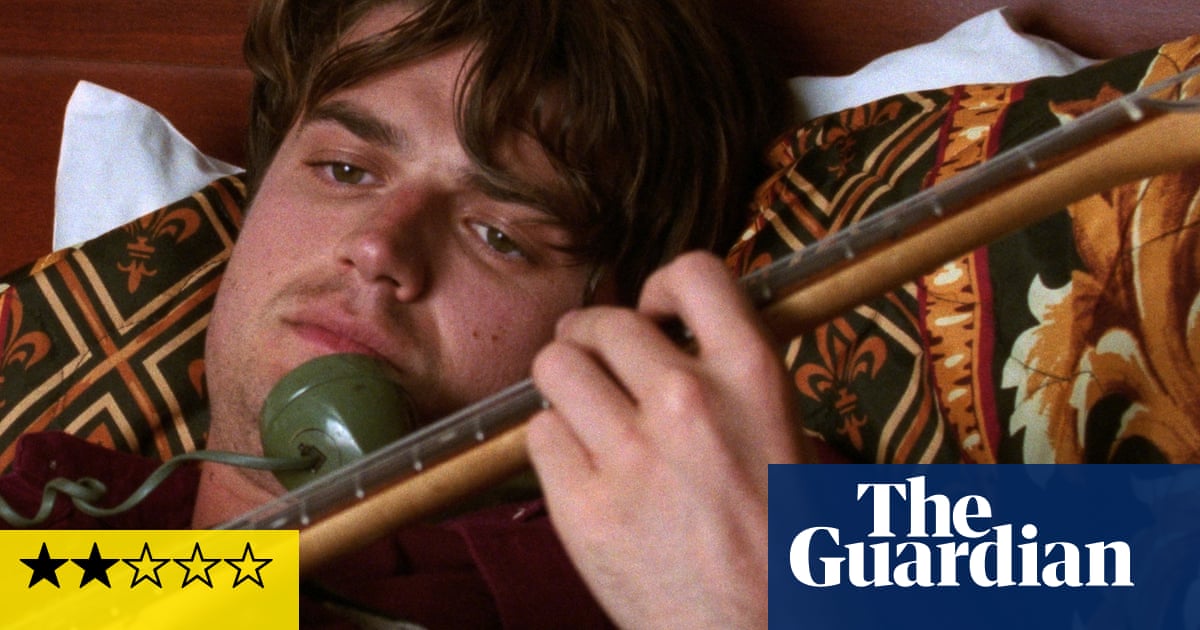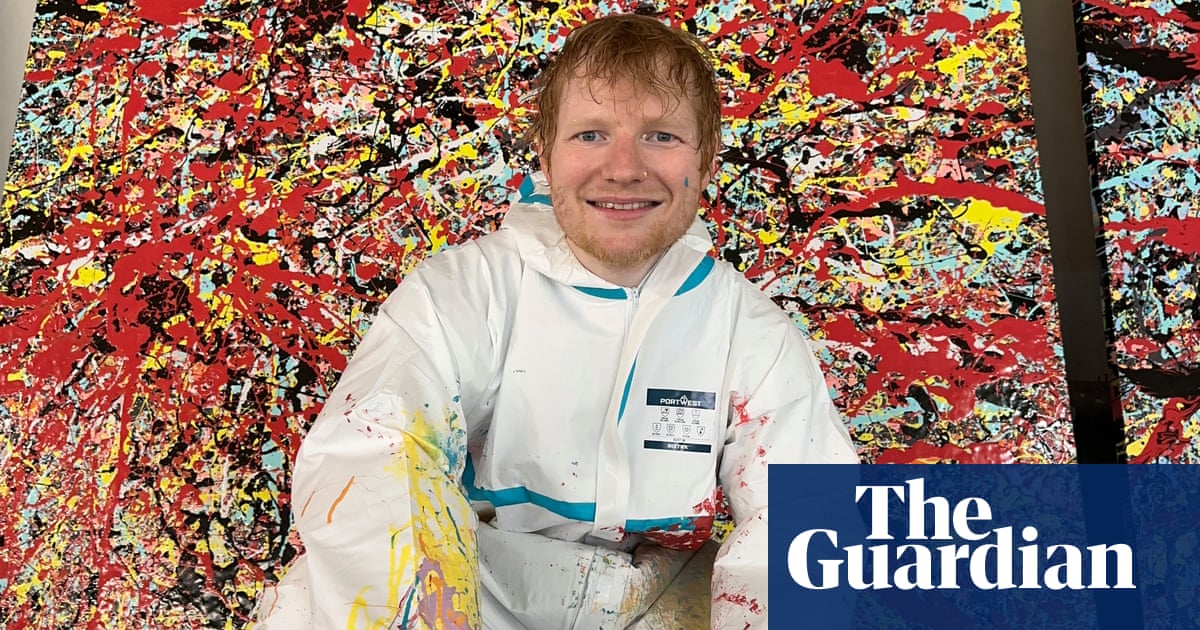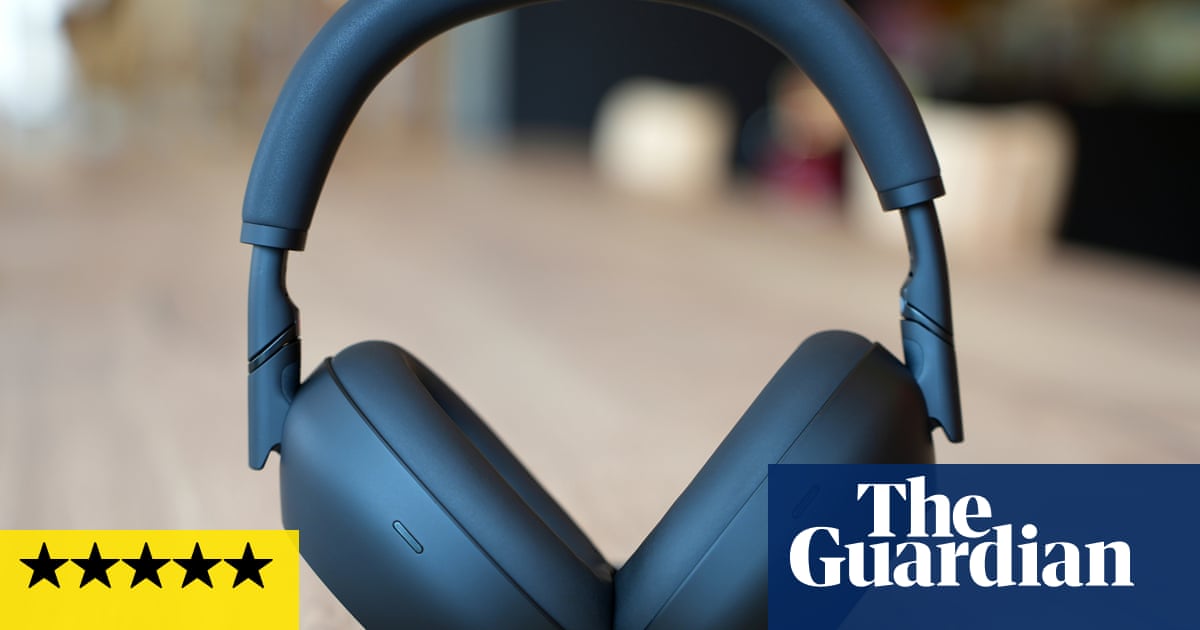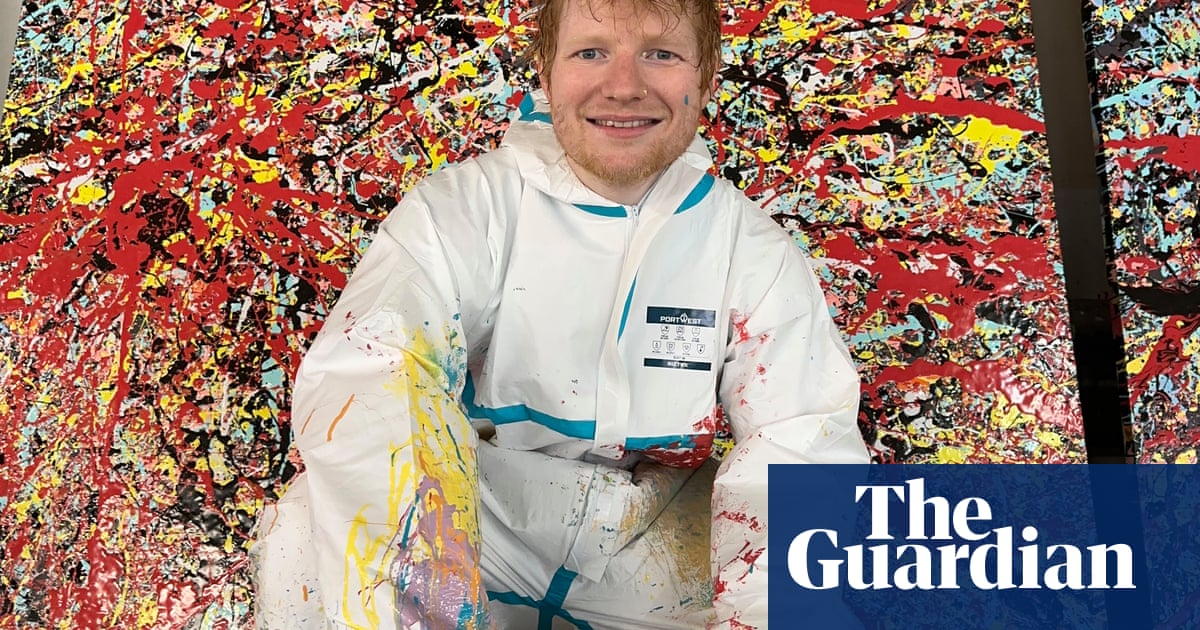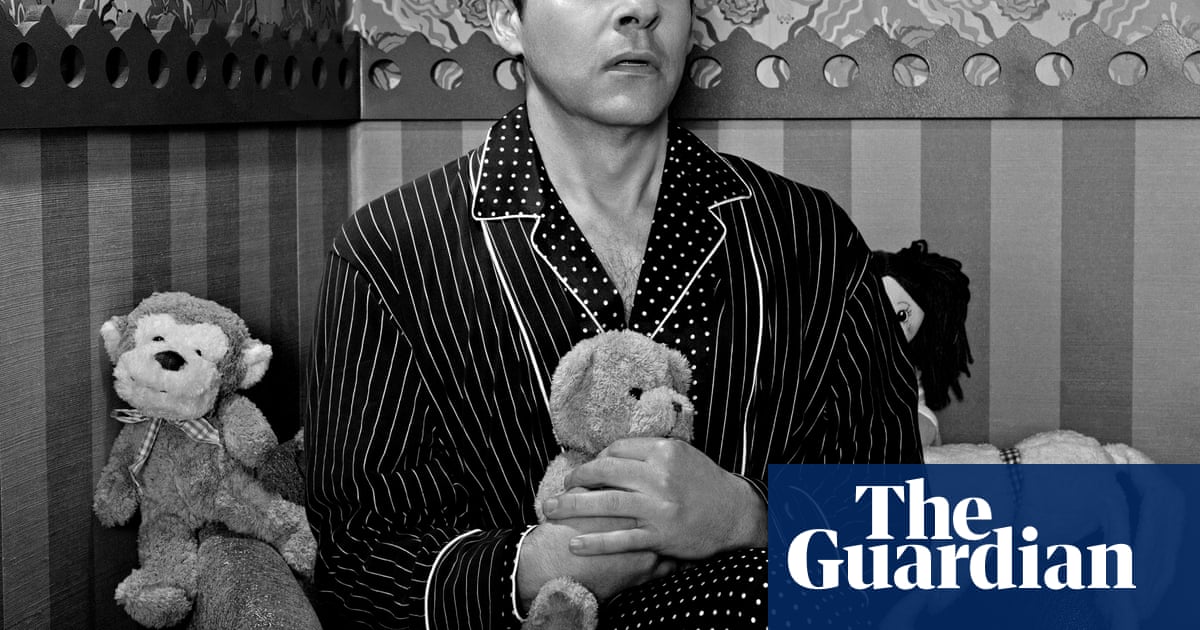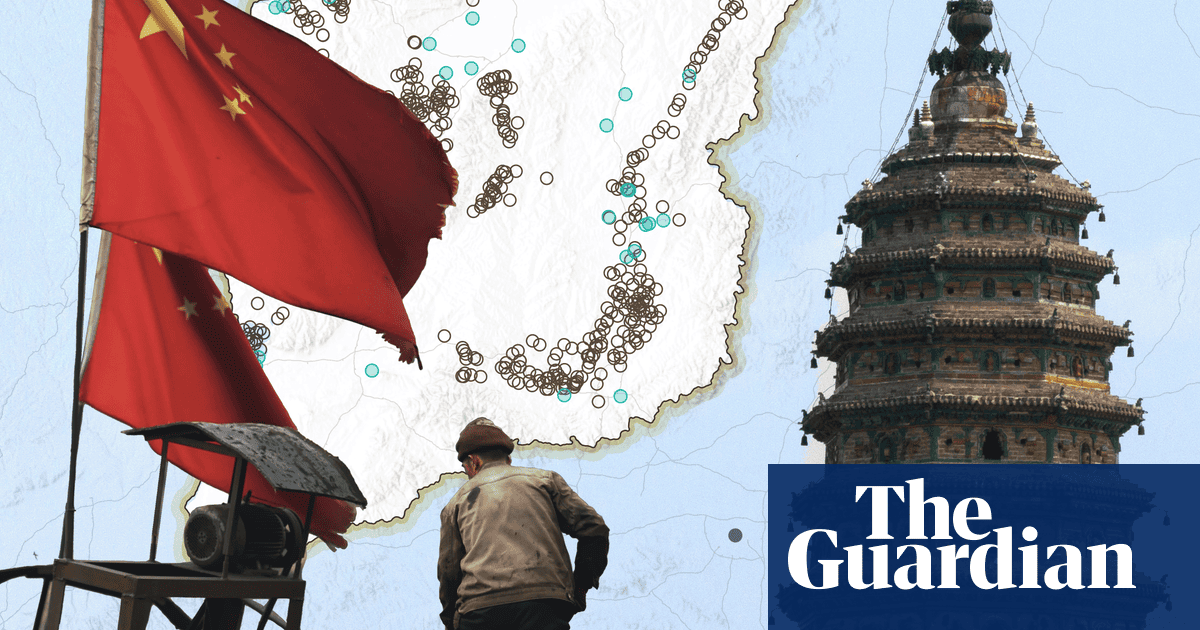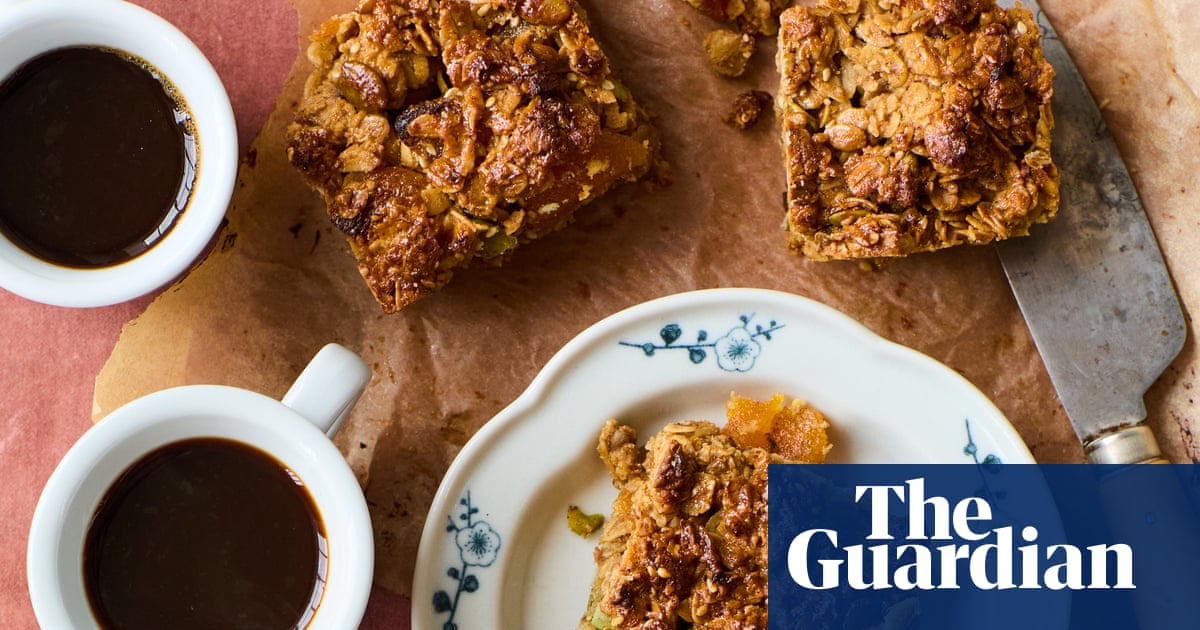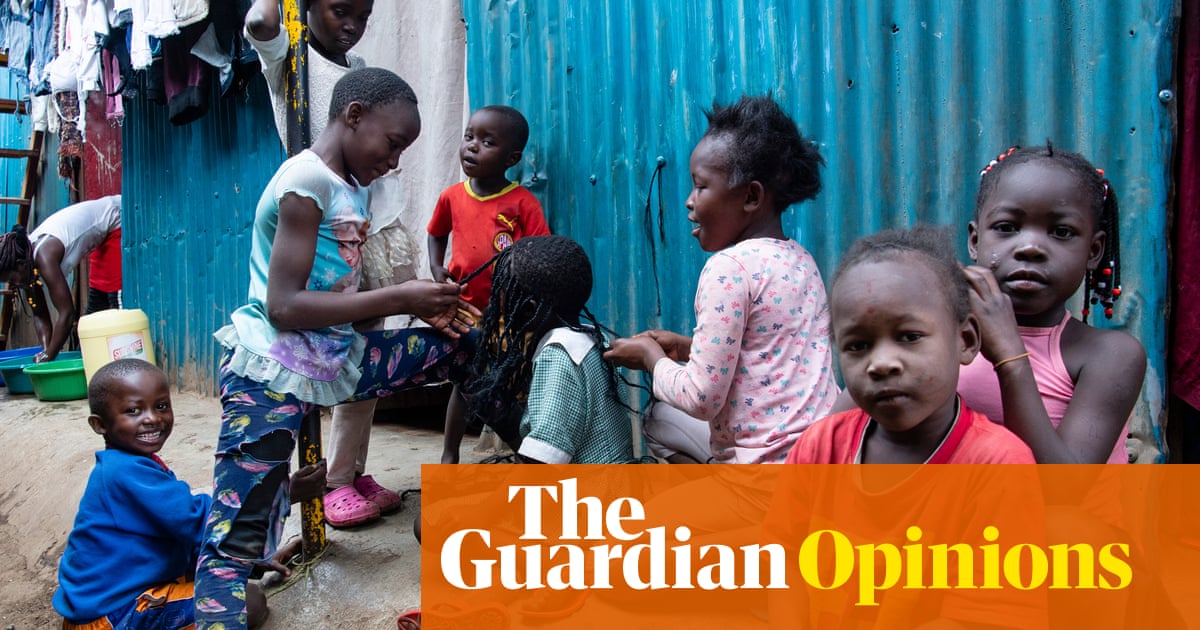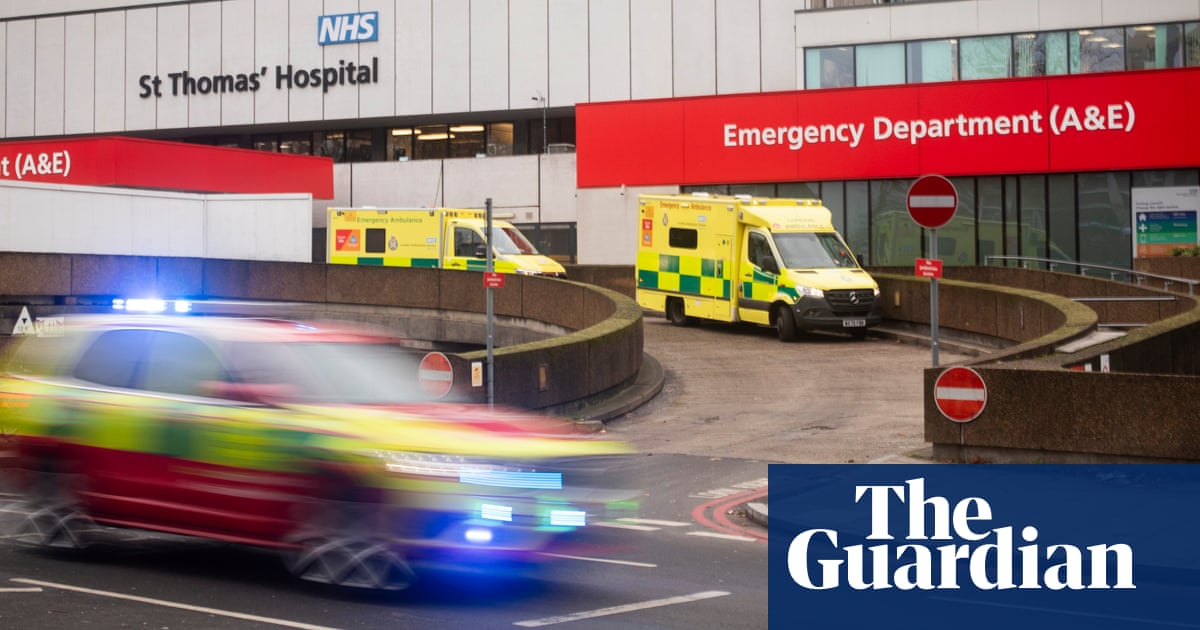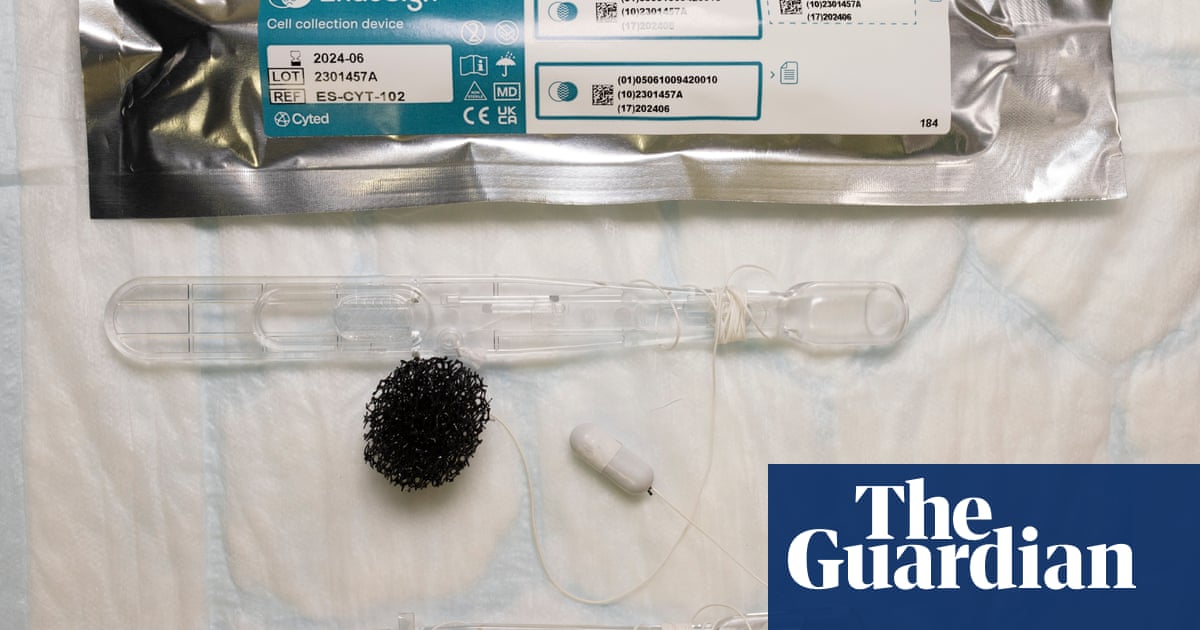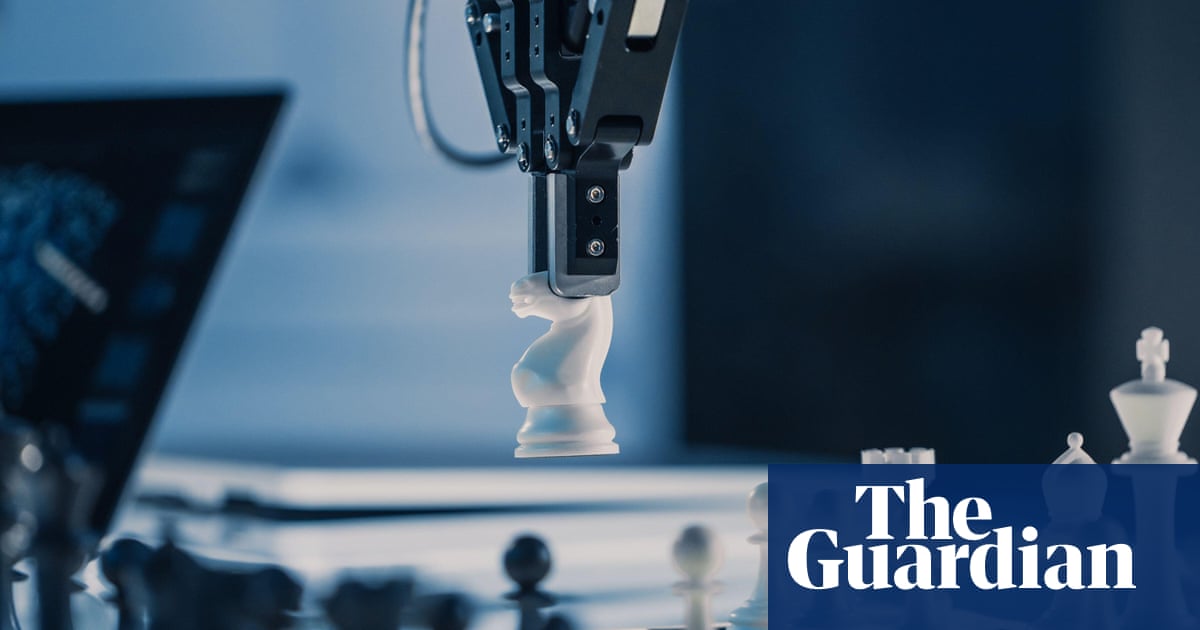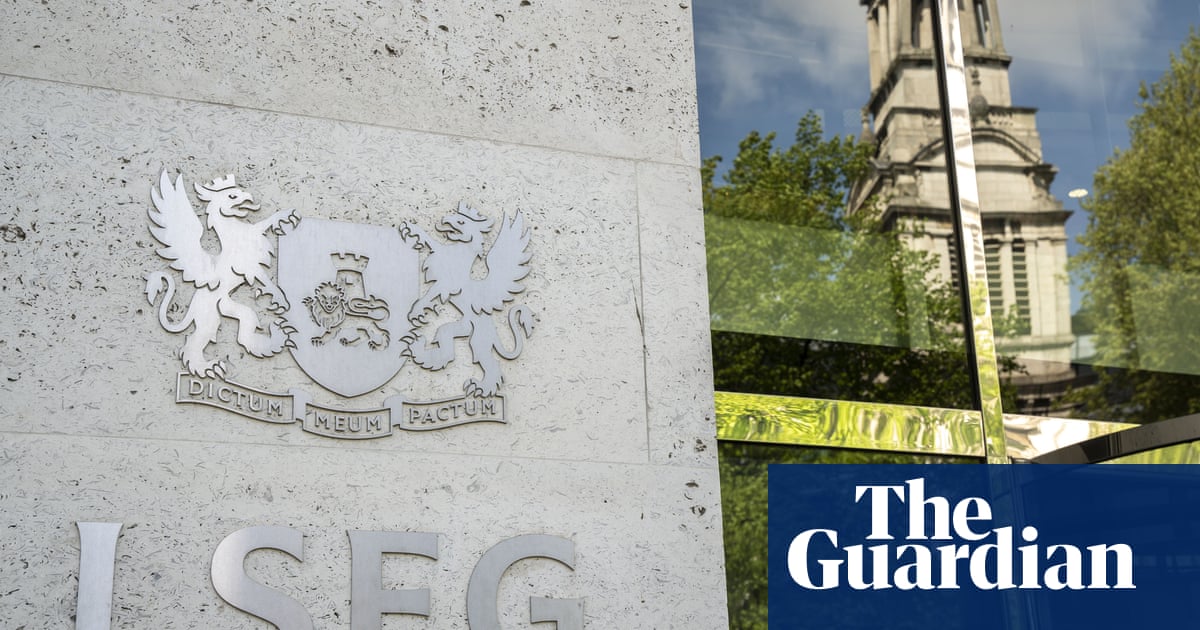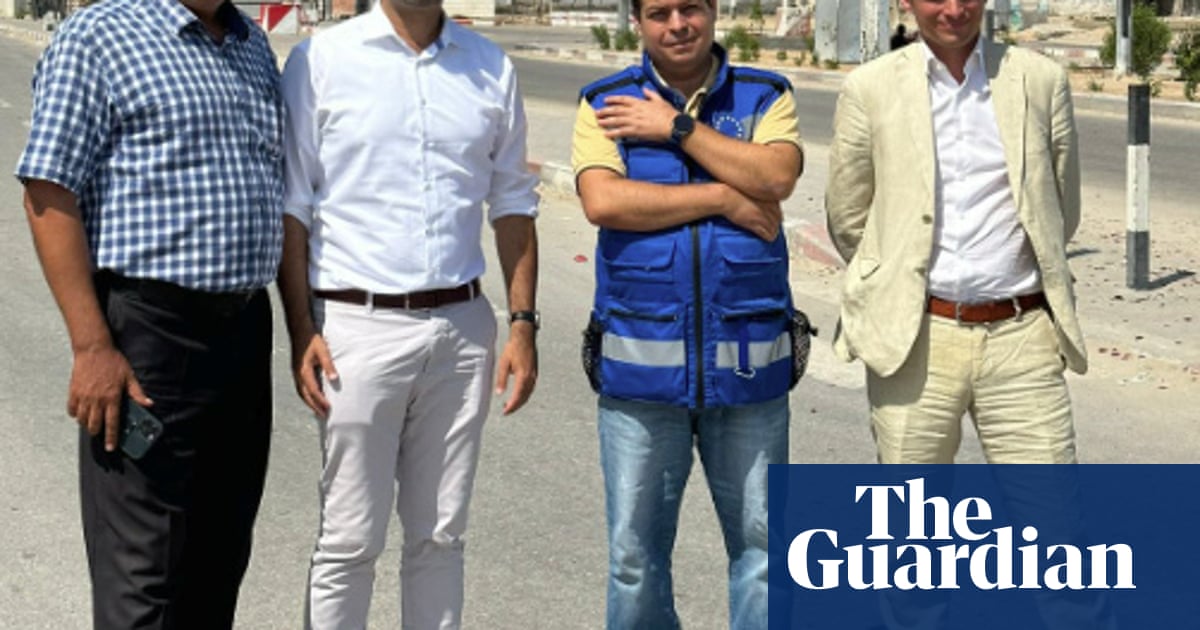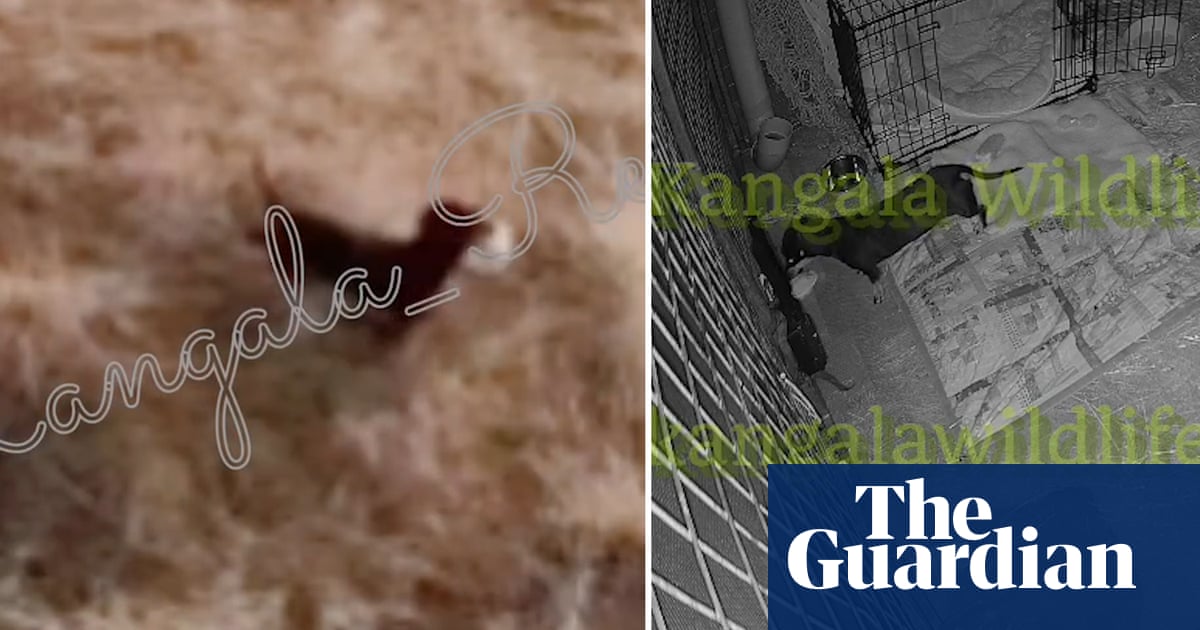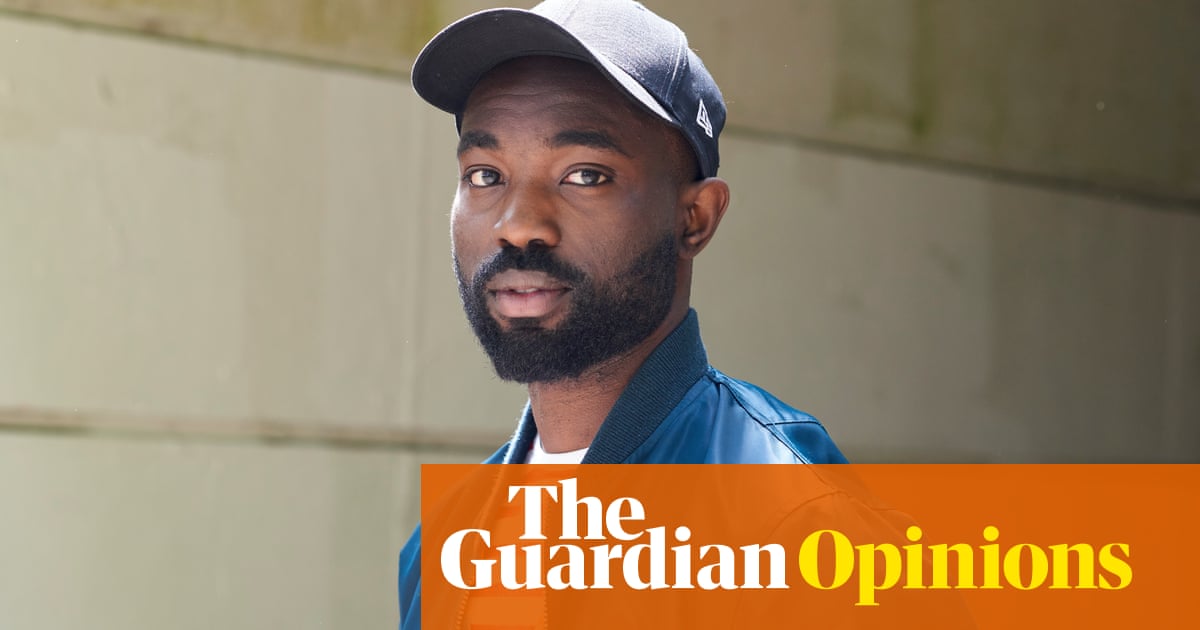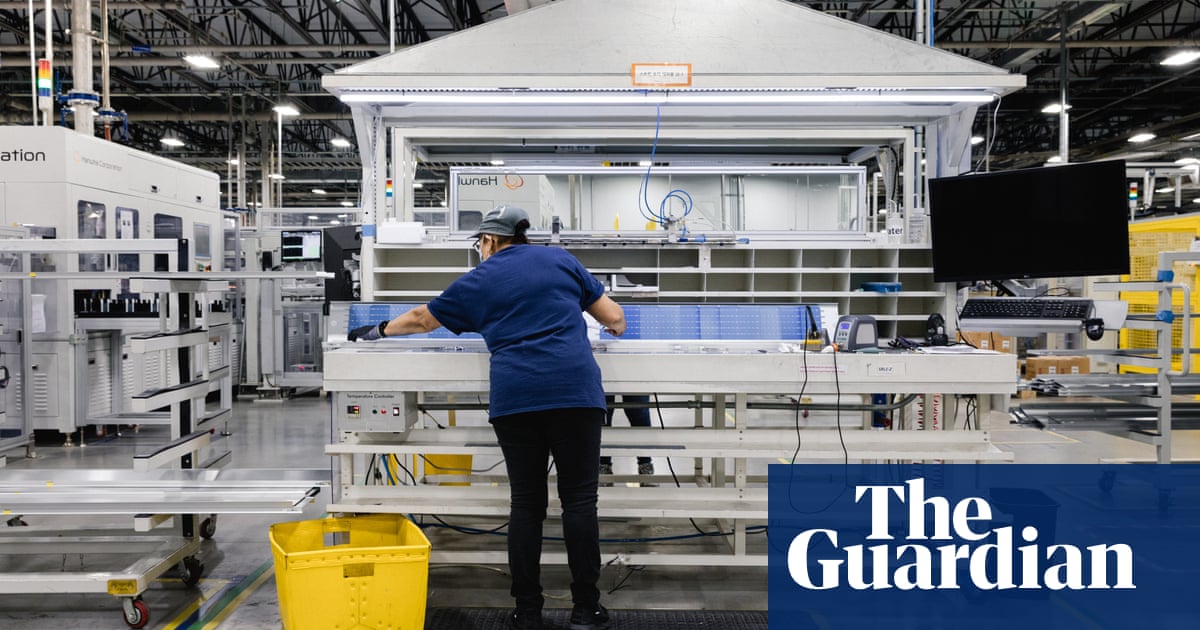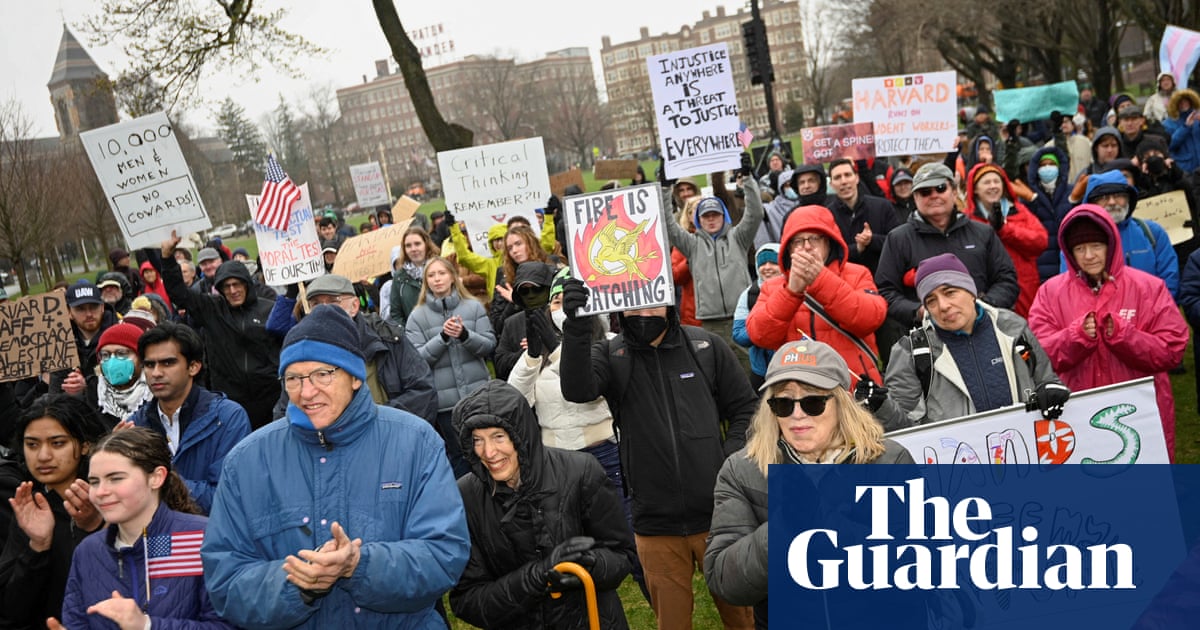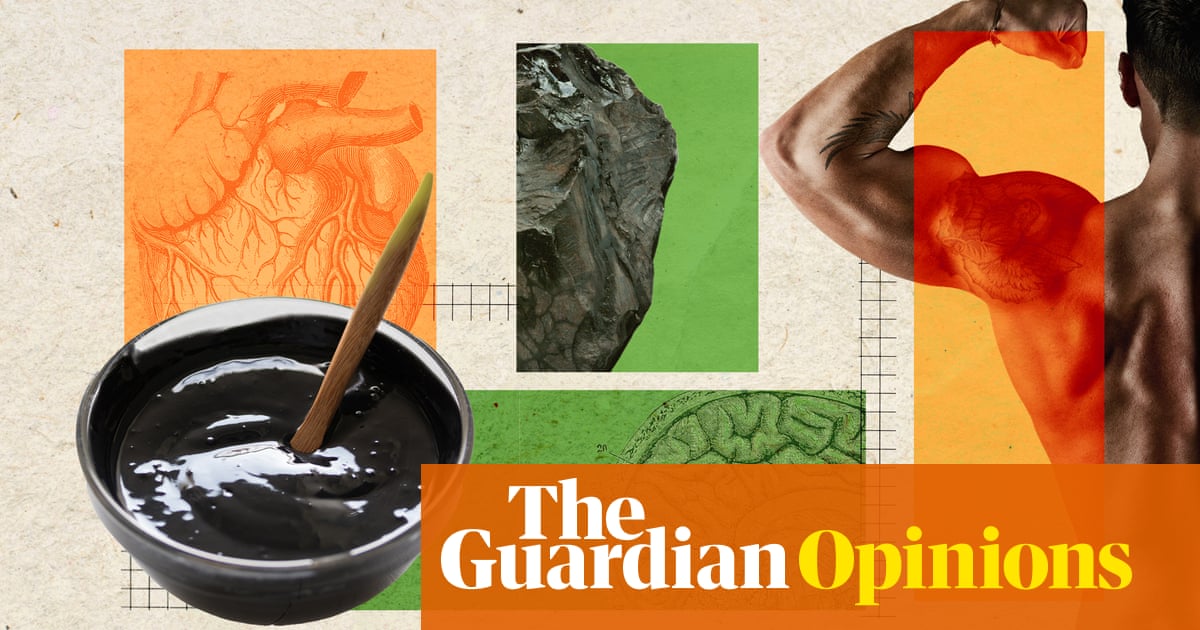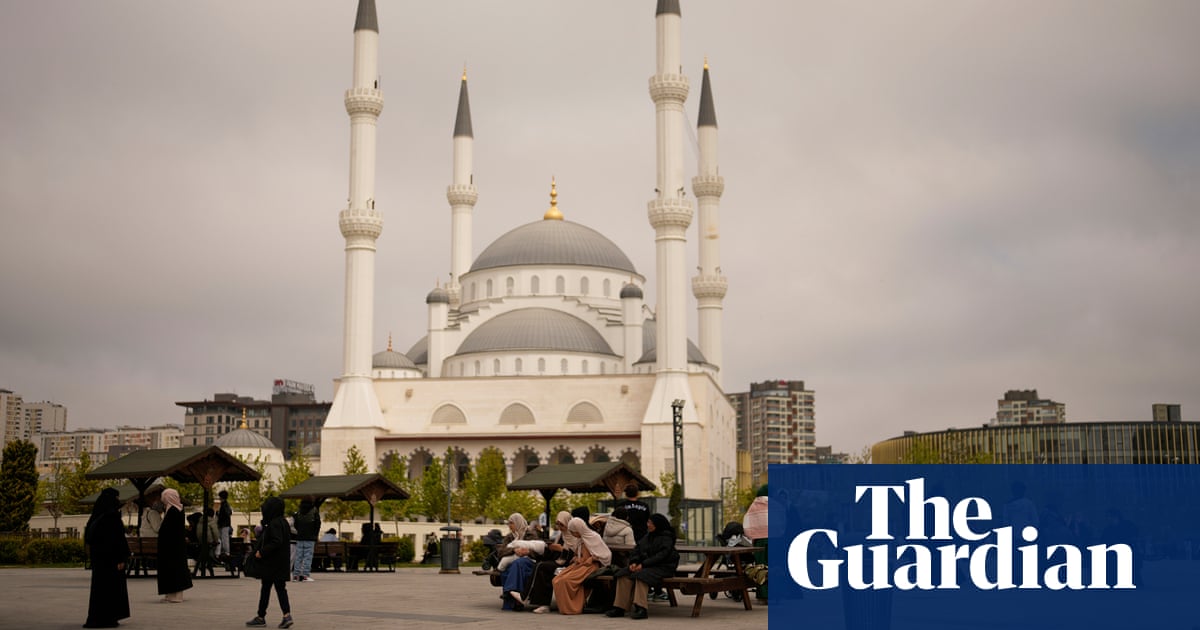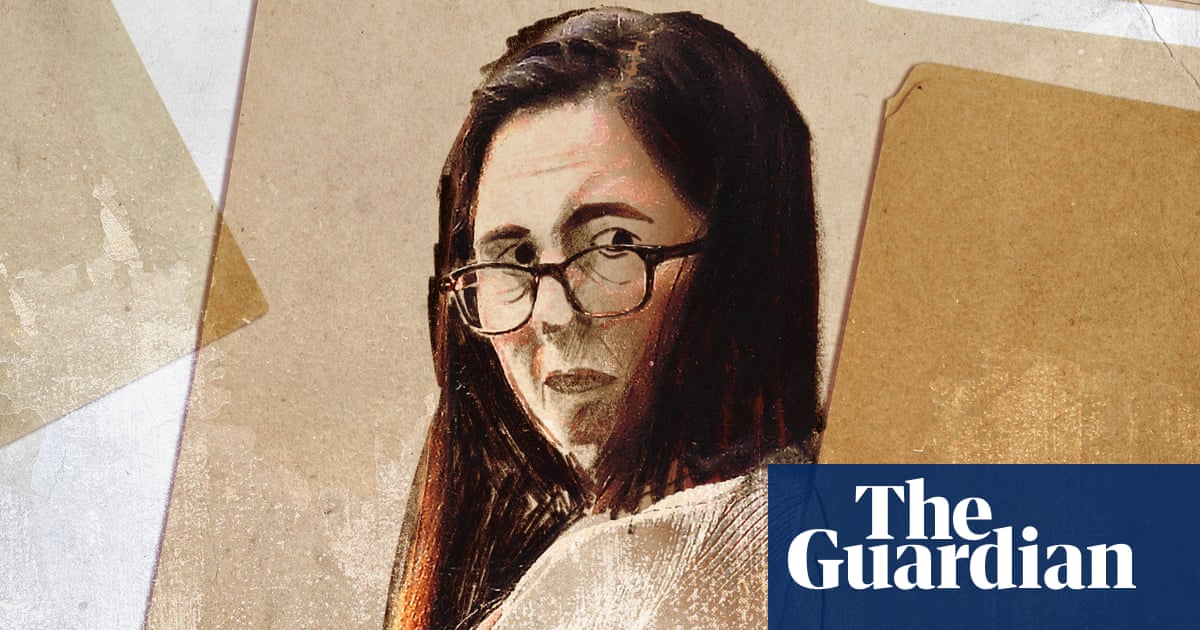We met K when she was a week old. We were foster parents and not expecting a call about a newborn. Despite becoming her mom with just 12 hours’ notice – we adopted her the next year – my early months with her felt so natural.
I had been disabled for six years. While on a hike, I developed dysautonomia, which is secondary to a genetic connective tissue disorder called hEDS [hypermobile Ehlers-Danlos syndrome]. I experience a great deal of daily pain and can’t stand for more than a minute or sit upright unsupported for more than five.
As a result, I spend most of my day reclined. Her high need for physical contact in infancy fit my need to rest all day. She didn’t need a mom who could pace. She needed a mom who didn’t get bored lying on the sofa. We were a perfect match.
After a few months with K, we started to make plans. The first was a trip to a small island called Lummi off the coast of Washington state. We flew out of Oakland; a friend drove us to the airport and helped us check the bags. David pushed me in my wheelchair, and I carried K on my lap. Once in the air, we learned the hard way that air pressure changes can contribute to diaper blowouts, but the flight was, generally, fine.
When we arrived in Seattle, David pushed K and me to the corner of the baggage claim area and returned to watch for our bags while I bottle-fed her. Once David had our suitcases, he dropped them off with us in the corner and left to get our rental car. Returning an hour later with the car, he parked out front, came in and retrieved the bags, and then, finally, two hours after landing, brought K and me to the car. A few extra steps, but manageable.
Our week on Lummi was heaven. I read so many books that I joined the local library so that I could check out more. At night, I drank IPAs and ate Oreos under the stars. During the afternoons, K and I lounged on a picnic blanket, listening to the waves.
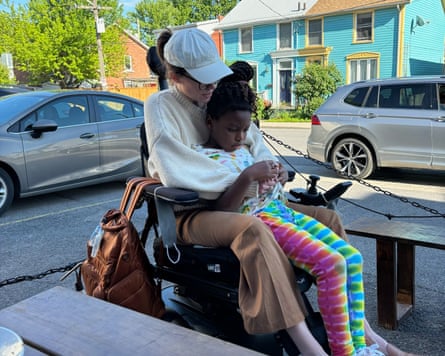
But the return trip was the first time I felt what would become a familiar sinking shame about my disability complicating our life as parents. Due to a few car complications, we were cutting it close to make our flight. There was no bag check. I had been using a wheelchair in airports for years and knew that an airport attendant would push me to the gate if I requested it. I suggested to David that we ask someone at the airport to push me while I carried K so that David could manage our bags.
When the person arrived, they told me I couldn’t carry K on my lap. They said it was airport policy that a baby couldn’t ride on a wheelchair (never mind that it was my wheelchair, my lap, and my baby). So now David needed to find a way to push our suitcases and carry K simultaneously – which was impossible, and our flight was about to leave. The attendant left, and we scrambled for solutions.
We called the attendant back and asked him to push me. I would drag our suitcases, and David would carry K. We inched our way through the airport. I am not strong enough to hold my arms out to the side and push suitcases; before long, I had moved the bags in front of me, pushing them with my feet. It was difficult – they zigged and zagged, unwieldy and slow.
We made our flight. We made it home. But the humiliation of not being allowed to carry my baby continued to burn.
As K grew older, the list of places she needed or wanted to go expanded.
She started ballet, and I couldn’t last an hour propped on the hard wooden floor. She started daycare, and dropping her off required a long walk up a steep driveway. She wanted to visit the zoo and the playground and the children’s discovery museum.
Part of how I adapted to her expanding world was to get a power wheelchair. I needed to be able to recline; the 450-lb chair does that and more. In many ways, the solution was effective. I attended ballet classes. We went to the playground. We fed the cows at the little farm in the Berkeley Hills. But a 450lb wheelchair only works in spaces that are wheelchair accessible. When we go somewhere with stairs, I can’t bring my chair. I can walk up a few stairs, but if the seating at the top isn’t accessible, I must leave after only a few minutes.
For some disabled or chronically ill people, leaving the house isn’t possible at all. But for others, the barriers are structural.
K is now six. Below is a non-exhaustive list of places she has gone but where, because of inaccessibility, I haven’t been able to join:
-
Her kindergarten classroom. In fact, the entirety of the school she attended for two years.
-
Countless hikes.
-
Multiple preschool tours – so many schools in California, North Carolina and Ontario are up or down stairs.
-
Field trips.
-
Nearly every shop and restaurant in Montreal while on a family vacation.
-
Birthday and holiday parties.
-
Most playgrounds with sand or gravel.
-
In an ambulance, twice.
In particular, being separated on the ambulance rides devastated me. The first time we called 911, K wasn’t yet two and had been sick with pneumonia; the EMTs arrived quickly, assessed K’s status, and said she needed to get to Oakland’s Children’s hospital urgently.
“Who’s coming?” they asked, looking between David and me, as they attached sensors to my tiny baby. Saying I couldn’t go with her to the hospital as she struggled to breathe felt like tearing an organ from my body. But my wheelchair wouldn’t fit inside the ambulance.
David is a kind and attentive dad. K did not suffer for having David in the ambulance. But I did. I walked outside as they loaded my baby and turned on the sirens, which faded as they sped down the hill. Our house, which had minutes before been loud and busy with equipment and people and uniforms and alarms, was silent. Shaking, I went back inside to figure out how to get myself to the hospital with my wheelchair. I called my neighbor and could barely speak through my tears. He answered, and within minutes, we were en route to the hospital.
About a year later, K again became sick with a minor cold that turned to be pneumonia and worsened quickly. We were different parents by that point; after a year of monitoring her respiratory rate, oxygen percentages, and trachea tugs, we knew exactly what to watch for.
Even with all our vigilance, K experienced a rapid decline only hours after visiting her pediatrician. Like the first time, my gut knew before my brain, and when I called the after-hours nurse’s line, I knew what they would say: “Call 911 immediately.”
after newsletter promotion
Just like the time before, our apartment went from quiet and tense to brimming with noise and commotion. David, K and I were on our king-sized bed, thermometers and oxygen monitors surrounding us, when the EMTs entered. The paramedics checked K’s vital signs, and their demeanors changed. “Signs of sepsis,” one reported. “Hurry.”
And just like that, they were running, K on a stretcher, David hurrying behind. The silence they left behind was eerie. I knew what sepsis could mean for a baby and all I wanted was to be with my child to ensure that no one made a life-threatening mistake. To demand that every person pay undivided attention to K.
Alone in my apartment, I remembered that, in my 20s, I had helped the chief of emergency medicine at the closest major hospital buy a home. He and I had connected in the process, and I had joined him and his wife, an infectious disease doctor, on their boat to celebrate after. It had been years since we had talked, and a lot had changed, including my disability and becoming a parent. I picked up my phone, found his contact, and called.
“It’s Jessica, your old realtor. I have a child now, and she is in an ambulance on the way to the emergency room, and the paramedics said it might be sepsis. K is in respiratory distress.” I was weeping, and my hands shook, but I got the words out. He was calm and kind and said he would call the attending on duty to make sure everyone acted quickly and would keep me in the loop. I was doing all I could to save my baby. I would have done anything.
Hanging up the phone, the adrenaline took over, and I barely made it to the bathroom before vomiting.
K was OK. It wasn’t sepsis, thank goodness. She recovered from the respiratory distress at home while I watched her chest rise and fall. But seeing her disappear into the ambulance had felt like someone pulling my heart up and out of my throat.
Disabled parents’ caregiving abilities are optimized in our homes. But when we leave the house, the obstacles multiply. For one, the built environment is often inaccessible and inhospitable for individual bodies and minds. Secondly, when not in our homes we see other people – and people, through words and actions, create a different kind of hostile environment.

Many parents my age remember our childhoods in the 80s and 90s and compare the risks of our childhoods to the safety expectations of parents today. It’s hard to imagine a child today being tossed around in the trunk of a station wagon or roaming the neighborhood for hours before the age of 10. Risk calculation is complex, and I am certainly not one to elevate the experience of the “good old days” – good? For who? – but parents are expected to insulate their children from many harms (at least those that we can purchase solutions for).
Personally, I am always wrestling with safety. I live in a body that is proof that bodies are fragile. For disabled parents in wheelchairs or on crutches, leaving the house brings risk. We cannot, despite our deepest desires, run after our kids. We cannot lift a car in a feat of superhuman strength. We cannot dive into the ocean to snatch our grade-schooler from a riptide. But we want to have big lives.
Accessibility is, simply, adjusting the environment to allow disabled people to participate. The belief that it’s worse to be disabled – which dictates a great deal of public and private life – thrives in part because disability is a reminder that bodies and minds fail, always. We build entire structures and belief systems around avoiding the reality of our collective fragility. Our governing ethos is that of independence and strength, not of need. When we request an accommodation – a lighter car seat, a ramp, a Braille edition of a book – we are admitting that we are needy. And when we have needs, we confess to something we wish weren’t true, that we are mortal.
What makes this manic rejection of our mortality even more fraught is that, once we become parents, we must also find a way to delude ourselves that our kids are indestructible. It is intolerable to think about the reality that our kids will be hurt, physically and emotionally. We buy into the myth of safety, as we attempt to create a force field of invincibility around our family so that we can stay safe and happy forever.
Instead of worrying about safety when we see a baby riding on their parent’s wheelchair, we should consider how we can create more spaces where wheelchair users are welcome. The picture disabled parents paint while in public with our kids is beautiful and offers permission. We are showing that there are countless ways to have bodies and minds and that it’s OK to cross the border of what’s expected. We are not reminders of death – we are reminders of how full life can be.
-
Extracted from Unfit Parent: A Disabled Mother Challenges an Inaccessible World by Jessica Slice, published by Beacon Press on 15 April.
-
Unfit Parent by Jessica Slice (Beacon Press, £27). To support the Guardian and Observer, order your copy at guardianbookshop.com. Delivery charges may apply.

 2 months ago
89
2 months ago
89
